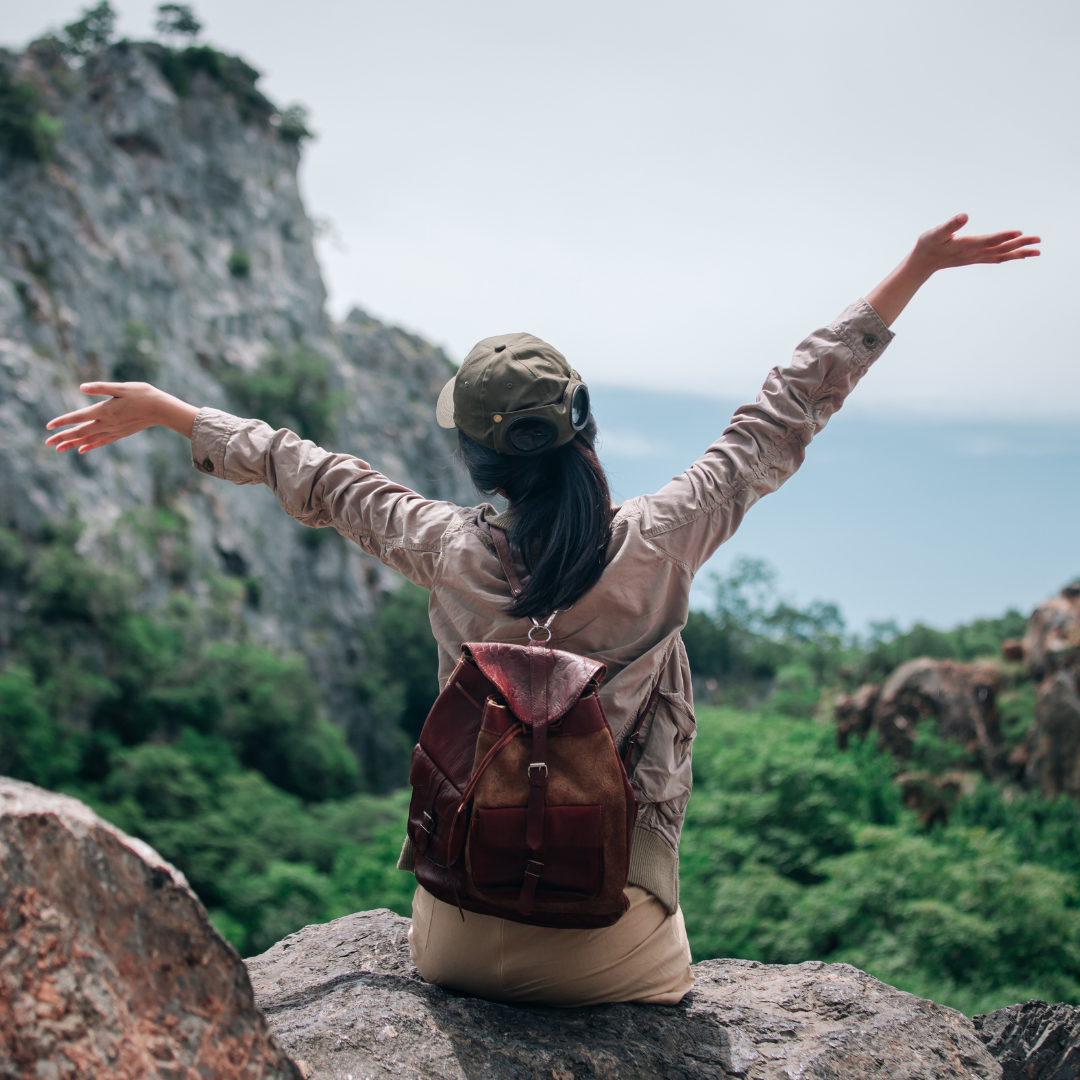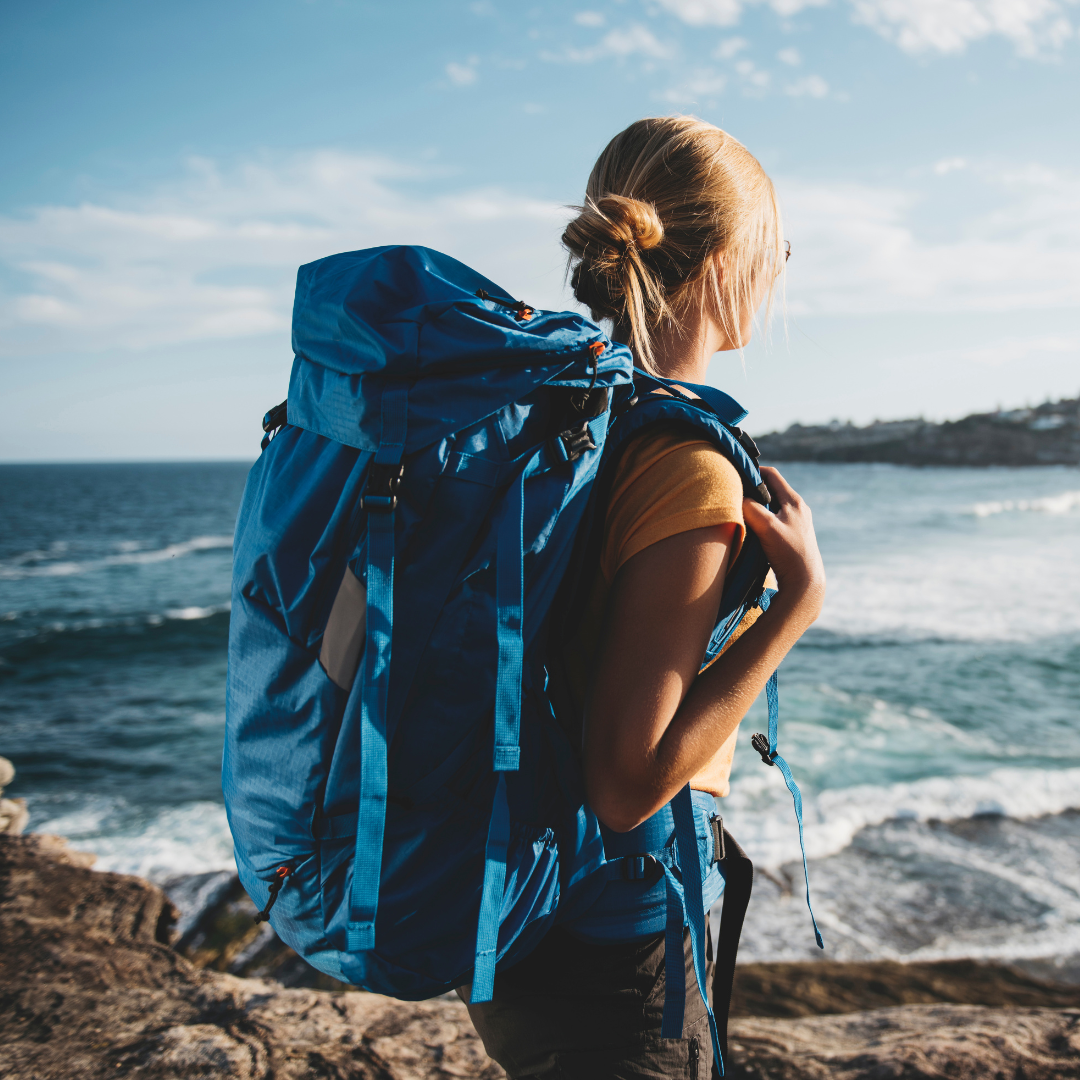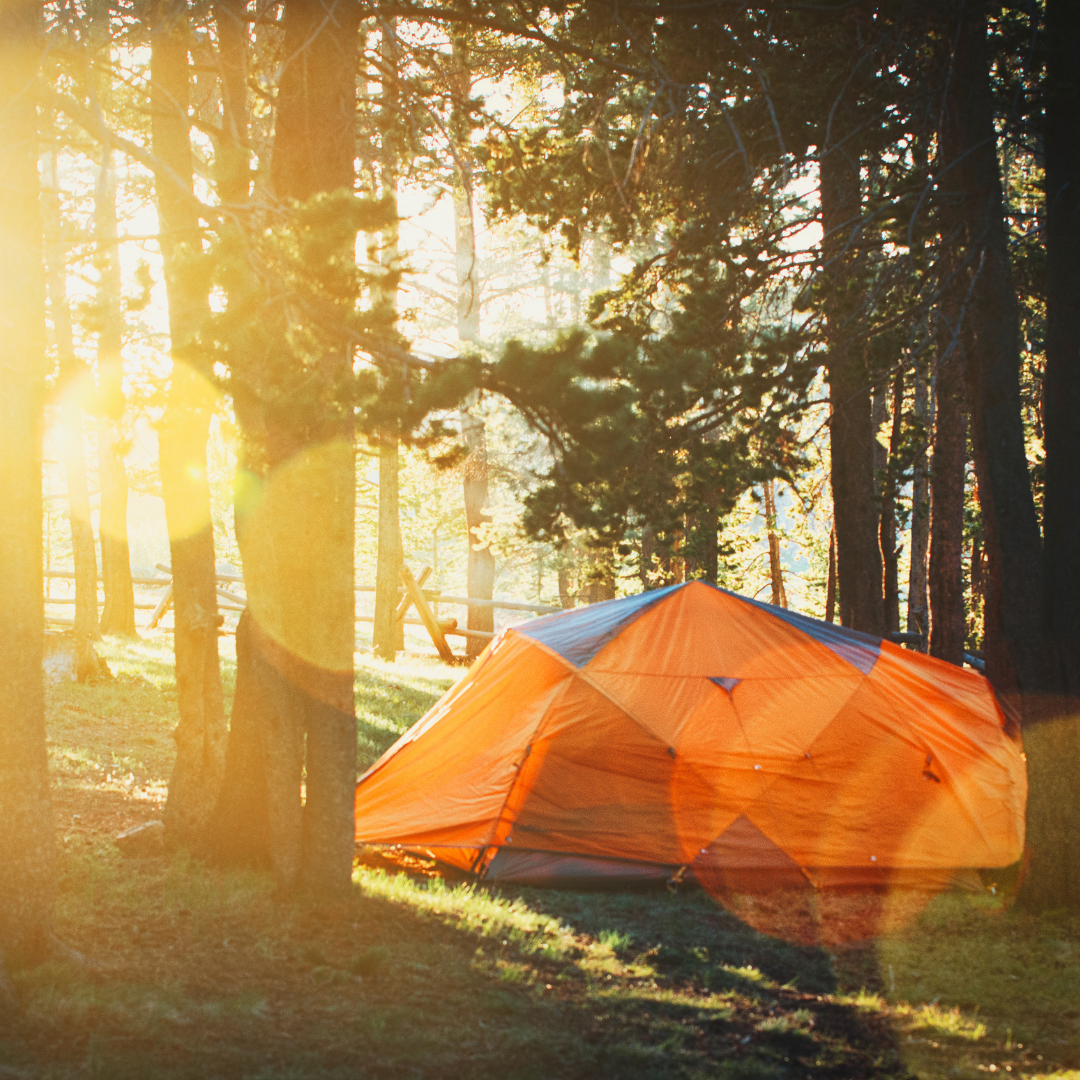In today’s economy, many individuals seek additional income streams to enhance their financial stability. The best side hustles capitalize on personal skills and market demand, providing both flexibility and potential profit. Exploring these opportunities can lead to increased savings, debt reduction, or simply a way to fund hobbies.
From freelance work to online platforms, the options are varied and accessible. Each side hustle has unique benefits tailored to different interests and schedules. By choosing the right one, individuals can turn their spare time into a rewarding venture.
However, it can be helpful to make a few preliminary assessments before diving into a secondary line of work. For instance, finding the ideal time to do the gig work outside of the main employment hours and deciding on a minimum margin of extra income before choosing the side hustle can be considered as some of the preparations. In order to shed more light on these aspects, ask questions like: how long is a business day? What is the minimum expected salary for gig work?
As the gig economy continues to flourish, knowing which side hustles stand out is essential. Learning about the most effective and fitting opportunities empowers individuals to take charge of their financial future.
Understanding Side Hustles
Side hustles provide individuals with additional streams of income, often making use of their skills and interests. They can serve as a financial cushion or a pathway to full-time entrepreneurship, depending on the person’s needs and ambitions.
Defining the Side Hustle
A side hustle refers to a secondary job or project that a person undertakes alongside their primary employment. This can include freelance work, selling products, or offering services. The key aspect is that it allows for flexibility and creativity in generating income.
Common examples of side hustles include:
- Freelancing (writing, graphic design, programming)
- E-commerce (selling on platforms like Etsy or Amazon)
- Tutoring (offering expertise in academic subjects)
These activities can provide financial relief while allowing individuals to explore passions that may not align with their main job.
Necessity vs. Opportunity
Individuals seek side hustles for various reasons. For some, they are a necessity driven by financial obligations, such as debt repayment or savings goals. For others, side hustles present an opportunity to pursue interests that could lead to fulfilling careers or enhanced lifestyles.
Understanding motivations can affect how one approaches a side hustle. A need may push someone to prioritize immediate income, while the desire for exploration may lead to more creative endeavors.
Assessing personal goals can help in choosing the right path. It is essential to align the hustle with individual skills and interests to maximize success.
Time Management for Side Gigs
Effective time management is crucial for balancing a side hustle with a primary job. Setting clear schedules can help prevent burnout and ensure that both commitments receive adequate attention.
Tips for managing time effectively include:
- Prioritization: Identify tasks that yield the highest returns.
- Time blocking: Allocate specific hours dedicated solely to the side gig.
- Use of tools: Employ apps and calendars to track progress.
Focusing on efficiency helps maintain productivity without sacrificing personal time. Finding the right balance makes a side hustle rewarding and sustainable.
Digital Opportunities
The rise of the digital economy has created numerous avenues for side hustles. Individuals can capitalize on their skills and interests through various online platforms and services. Below are three key areas that present lucrative opportunities.
Freelancing Platforms
Freelancing platforms connect individuals with clients seeking specific skills. Popular websites include Upwork, Fiverr, and Freelancer. These platforms cater to diverse fields such as graphic design, programming, writing, and digital marketing.
Creating a standout profile is crucial. Individuals should showcase their skills through samples, client reviews, and clear descriptions of services offered.
Payment structures vary, including hourly rates or fixed project fees. It’s important to research competitive pricing for services to attract potential clients while ensuring fair compensation.
Social Media Management
Social media management involves handling a brand’s online presence across platforms like Facebook, Twitter, and Instagram. Many businesses look for freelancers or agencies to help enhance their digital marketing strategies.
Key responsibilities include creating content, scheduling posts, and engaging with followers. Strong communication skills and familiarity with social media analytics are essential for success in this field.
Social media managers often charge monthly retainers or per-project fees. They can work with multiple clients simultaneously, significantly increasing earning potential.
Content Creation and Monetization
Content creation encompasses blogging, vlogging, and podcasting. Creators can generate income through sponsorships, affiliate marketing, and ad revenue. Selecting a niche allows individuals to attract a dedicated audience, which is vital for successful monetization.
Freelancers in this area should prioritize high-quality, engaging content while optimizing it for search engines. Platforms like YouTube and Medium can help in building an audience.
Building a personal brand is instrumental. Engaging with followers and maintaining consistency can drive growth. Those who can leverage their expertise through online courses or e-books find additional income streams.
Local and Task-Based Gigs
Local and task-based gigs offer flexible employment opportunities, allowing individuals to leverage their skills and time for additional income. These options include rideshare driving, delivery services, and task-based work, catering to various preferences and schedules.
Rideshare Driving
Rideshare driving involves using a personal vehicle to transport passengers via platforms like Uber or Lyft. Drivers choose their hours, allowing for significant flexibility.
Key requirements typically include:
- A valid driver’s license
- A background check
- Insurance coverage
Drivers earn money based on the distance and time of each trip. Earnings may also increase during peak hours or in high-demand areas.
Many drivers report a balance of making money while meeting interesting people. The ability to set one’s schedule remains a strong selling point for many.
Delivery Services
Delivery services provide another lucrative option, with companies like DoorDash, Postmates, and Uber Eats facilitating food and package deliveries. This role requires only a vehicle, bike, or scooter, making it accessible to many.
Delivery drivers can work flexible hours, delivering food and essentials. They are typically paid per delivery, with tips boosting earnings.
Important factors include:
- Knowing the local area for efficient navigation
- Customer service skills for interacting with recipients
With the rise of online shopping, demand for delivery services continues to grow, providing ongoing opportunities for drivers. This task-based work suits individuals looking to earn money on their own time.
Task and Errand Services
Task and errand services allow individuals to complete various jobs, from cleaning houses to assembling furniture. Platforms like TaskRabbit connect freelancers with clients needing help.
Workers set their rates and hours, providing high flexibility. The work can vary greatly, keeping it interesting and dynamic.
Common tasks include:
- House cleaning
- Furniture assembly
- Grocery shopping
Individuals often find success by specializing in certain tasks, increasing their demand. This gig economy facet enables people to use their skills for profitable opportunities without the need for long-term commitments.
Online Sales and E-Commerce
Online sales and e-commerce offer diverse opportunities for individuals seeking to earn extra income. Entrepreneurs can choose from various business models, catering to different interests and skills. If you’re looking to enter the fashion space, you might consider using tools like Hautech.AI, an AI model designed for clothing that helps identify trends and support product decisions with ease. Here are some popular options.
Selling Handmade Goods
Selling handmade goods allows individuals to monetize their creative talents. Platforms like Etsy and Amazon Handmade provide a marketplace for artisans to showcase their products.
Key considerations include:
- Product Quality: High-quality materials and craftsmanship are essential.
- Market Research: Understanding customer preferences can guide product development.
- Marketing: Engaging product descriptions and photography help attract buyers.
Sellers can benefit from building a brand identity. Effective branding fosters customer loyalty and can lead to repeat sales.
Dropshipping
Dropshipping is a retail fulfillment method where sellers do not keep products in stock. Instead, they partner with suppliers who handle inventory and shipping directly to customers.
Advantages of dropshipping include:
- Low Startup Costs: No need for upfront inventory investment.
- Flexible Location: Operating from anywhere with an internet connection is feasible.
- Wide Product Range: Sellers can offer a diverse selection without inventory concerns.
Researching reliable suppliers is crucial. Ensuring product quality and timely shipping can significantly influence customer satisfaction.
Print-On-Demand Services
Print-on-demand services enable individuals to customize products such as t-shirts, mugs, or posters. This model eliminates inventory needs and minimizes financial risk.
Important aspects to consider:
- Design Creation: Unique and appealing designs attract customers.
- Platform Selection: Websites like Printful and Teespring simplify order management.
- Marketing Efforts: Effective advertising on social media can enhance visibility and sales.
Using a print-on-demand service grants flexibility and creativity for entrepreneurs. It allows them to cater to niche markets while minimizing overhead costs.
Real Estate and Passive Income
Investing in real estate can provide substantial passive income through various strategies. The key lies in understanding the methods of real estate investment and implementing effective rental income strategies.
Real Estate Investment
Real estate investment involves purchasing properties to generate income or capital appreciation. Investors can choose from various types of real estate, including residential, commercial, and industrial properties. Each type offers different return potentials and risks. They can learn about the market trends by consulting professionals who specialize in Hamilton Ontario Real Estate or the ones in other locations. By doing so, they can be better equipped to make informed decisions when it comes to investing.
Investors often use financing options, such as mortgages, to leverage their investments. This means they can buy properties with a smaller initial cash outlay while still reaping the benefits of property appreciation and rental income. Passive investors may also consider Real Estate Investment Trusts (REITs), which allow investment in real estate without direct property management.
Rental Income Strategies
Generating rental income from real estate can be achieved through various strategies. Long-term rentals provide steady monthly income but require ongoing management and maintenance to retain tenants, so you will need to get in touch with plumbers, electricians, and Florence SC air conditioning services, or services within your area to keep on top of these tasks. Investors can consider screening tenants thoroughly to minimize turnover rates.
Short-term rentals, such as those listed on platforms like Airbnb, can yield higher nightly rates. This strategy demands more active management but can be lucrative in desirable areas.
Investors might also explore multi-family properties, where multiple units provide diversified income streams. Utilizing property management services can streamline operations, allowing for a more passive income experience.
Investing in Skills and Education
Acquiring new skills and knowledge can significantly enhance earning potential and expand opportunities for side hustles. Deliberate investments in education can lead to competitive advantages in various fields. Below are two effective avenues to consider.
Online Courses and Workshops
Online courses have become a popular method for skill enhancement. Platforms like Coursera, Udemy, and LinkedIn Learning offer courses across various subjects. These platforms provide flexibility, allowing individuals to learn at their own pace.
Participants can choose from specialized courses in coding, graphic design, digital marketing, and more. Many of these courses offer certificates upon completion, which can be valuable for enhancing a resume.
Benefits of Online Courses:
- Cost-Effective: Often more affordable than traditional education.
- Diverse Options: Numerous subjects to choose from, catering to varied interests.
- Accessibility: Learn from anywhere with an internet connection.
Personal Coaching and Consulting
Personal coaching provides tailored guidance to develop specific skills. Engaging a coach can help individuals focus on personal growth and career goals. Coaches often have industry experience, offering insights that can accelerate professional development.
Consulting services can range from one-on-one sessions to group workshops. This method allows for personalized feedback and accountability, which can be crucial for success.
Key Aspects of Personal Coaching:
- Customized Learning: Coaches tailor their approach to meet individual needs.
- Regular Feedback: Continuous assessment helps track progress.
- Networking: Coaches often provide connections that can lead to new opportunities.
Creating Intellectual Property
Creating intellectual property (IP) can be a strategic way to generate income. By focusing on unique content and innovative solutions, individuals can establish valuable assets that provide ongoing revenue opportunities.
Writing and Publishing E-Books
Writing and publishing e-books is a viable method of creating IP. An author can leverage their expertise in a particular field, producing guides, how-tos, or insightful writings.
Key Steps:
- Research the Market: Identify popular topics and gaps in existing literature.
- Draft the Content: Create an outline and set writing goals to maintain consistency.
- Publishing Platforms: Consider options like Amazon Kindle Direct Publishing, which offers broad distribution and user access.
Once published, authors can earn royalties with every sale. Effective marketing strategies, such as social media promotion and email campaigns, enhance visibility and sales potential.
Developing Apps and Software
Developing apps and software can lead to substantial IP creation. This approach involves identifying a specific problem or user need and creating a solution through technology.
Development Process:
- Idea Validation: Conduct surveys or focus groups to gauge interest in the app concept.
- Prototype Creation: Build a minimum viable product (MVP) to test and refine functionalities.
- App Stores: Release on platforms like Apple App Store or Google Play for access to a global audience.
Monetization options include in-app purchases, subscriptions, or ad revenue. Continuous updates and user engagement are essential for maintaining a competitive edge in the market.
Leveraging Professional Expertise
Harnessing professional skills can open doors to lucrative side hustles. Many individuals can capitalize on their knowledge and experience to develop meaningful opportunities that require little startup cost.
Consulting Services
Consulting allows professionals to provide expert advice in their fields. This can include management consulting, financial advising, or IT consulting.
Benefits of Consulting:
- Flexibility: Consultants can choose clients and projects.
- High Earnings: Many consultants charge hourly rates ranging from $50 to $300, depending on expertise.
To succeed, individuals should define their niche. Building a strong online presence through LinkedIn and professional websites is crucial. Networking can also lead to referrals, increasing opportunities for engagements.
Freelance Writing and Copywriting
Freelance writing offers various paths, including blog writing, technical writing, or marketing copy. Writers can choose projects that align with their interests and expertise.
Key Aspects of Freelance Writing:
- Diverse Opportunities: Many businesses need content for websites, articles, and social media.
- Income Potential: Rates for freelance writing can range from $0.10 to $1.00 per word or more.
Creating a portfolio with samples is essential for attracting clients. Utilizing job platforms like Upwork or Fiverr can help establish a network. Consistent communication and meeting deadlines build trust with clients for future projects.
Health and Fitness Ventures
Health and fitness ventures offer various opportunities for individuals to monetize their expertise in physical health and well-being. This section explores two prominent avenues in this field: personal training and nutrition/meal planning.
Personal Training
Personal training involves providing individualized fitness guidance to clients. Trainers typically assess clients’ fitness levels and establish personalized workout plans.
To succeed, a trainer should possess relevant certifications, such as those from the National Academy of Sports Medicine (NASM) or the American Council on Exercise (ACE). These credentials enhance credibility and attract clients.
Key considerations include:
- Client Retention: Building relationships is crucial for keeping clients motivated.
- Target Market: Identifying specific demographics, such as athletes or seniors, helps tailor services.
- Online Training: Virtual sessions expand reach and flexibility, appealing to a broader audience.
Nutrition and Meal Planning
Nutrition and meal planning focus on helping individuals achieve their health goals through dietary guidance. This venture requires a solid understanding of nutritional science and an ability to create balanced meal plans.
Offering services may include:
- Assessing Dietary Needs: Evaluating clients’ health conditions and lifestyle choices is essential.
- Creating Custom Plans: Tailoring meal plans to fit preferences and restrictions-such as vegetarian or gluten-free options-enhances client satisfaction.
- Education: Providing clients with knowledge about food choices promotes long-term success.
Marketing these services can involve social media engagement and partnerships with gyms or wellness centers to reach potential clients.
Crafting and Artistry
Crafting and artistry offer diverse opportunities for individuals to monetize their creative skills. Through art commissions and craft workshops, one can engage audiences and generate income.
Art Commissions
Art commissions provide a lucrative avenue for artists to earn money while creating custom pieces. Clients may seek portraits, illustrations, or unique designs tailored to their preferences.
Artists can set their rates based on complexity, size, and medium.
Some popular platforms for showcasing portfolios and receiving commissions include:
- Etsy
- Instagram
- Facebook Groups
Effective communication with clients is essential. This includes discussing expectations, timelines, and payment methods. Artists often require a contract to protect their work and clarify terms, ensuring mutual understanding.
Building a strong online presence helps attract potential clients, expanding their reach beyond local markets.
Craft Workshops and Classes
Offering craft workshops and classes is another way to monetize crafting skills. These sessions can cover various topics like knitting, painting, or pottery.
Workshops can be hosted in person or online. Utilizing platforms like Zoom or local community centers can increase accessibility.
Marketing efforts may include:
- Social Media Posts
- Local Flyers
- Collaborations with Art Stores
Determining pricing is crucial. It should reflect materials, space rental, and instructor time.
Participants often appreciate hands-on experiences. Providing a welcoming environment encourages engagement and community building. Positive feedback can lead to repeat business and referrals.










